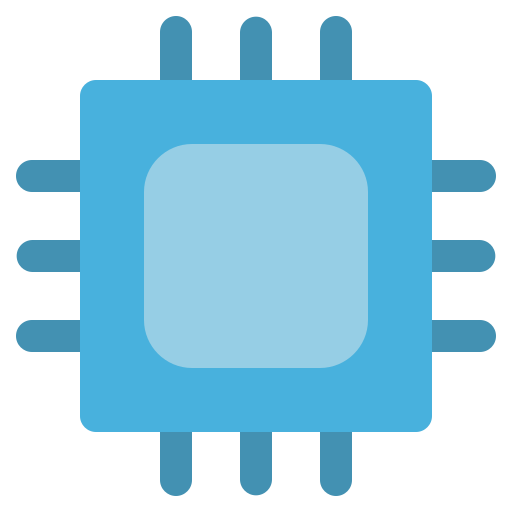

Right, so scale is limited to a wafer. Which probably makes sense because the super high resolution does not make sense for larger panels.


Right, so scale is limited to a wafer. Which probably makes sense because the super high resolution does not make sense for larger panels.


The article indeed shows/mentions a fabrication method with lithographic techniques. The question then is, can that technique scale to larger monitors or is that limited (by wafer size) to small screens, like those for VR-goggles? Perhaps the super high resolution does not even make sense in larger screen applications like monitors. That would require assembly of several ‘chiplets’ at great precision… probably cost prohibitive.


Ok, so is there a pick and place machine that can place these accurately at scale?


Budget wise I found an interesting offer with Meteor Lake (U9 185H). For low load work like browsing it’s fast yet efficient enough with the E-cores in use, even when multitasking and many tabs. For more demanding sustained workloads you need to be plugged in for best performance anyway. The thermals are not the best though; a thin and light laptop with 1 fan and Intel chip that’s not the most efficient > RPM increase / thermal throttling.


I bet you’re right. Luckily I am tech savvy and aware of the ARM software compatibility attention point. While picking a new laptop that was 1 of 2 main reasons to go for the Intel Core U9 based Zenbook 14 instead of Asus’s Snapdragon X Elite offering. (it also had a 60Hz and 1200p display instead of a 3k 120Hz one) Sadly their 14 inch models only come with Intel chips, or I would’ve chosen AMD. Still, battery life during browsing on the sofa is great and I don’t have to worry about compatibility issues.


Zen looks nice and some of the UX concepts (workspaces, glance, split sidebar from vertical tabs) work well. The ‘fit & finish’ and the way changes are pushed (unilaterally? Unvalidated with endusers?) feels very much like a 1 man hobby project though.


The Tesseract web app does that. It stacks posts in the feed that have the same url or title.


Only in FP64 and path tracing. It simply omits other things or has to do them using compute / software instead of having hardware for it. I don’t see this being viable for gaming any time soon, strange comparison.
Please tell my neighbour with his 4m99cm (barely legal) van/truck… if I’m parked front side first (charge port to my shed) and he parks opposite side of the lot I can’t even get out.